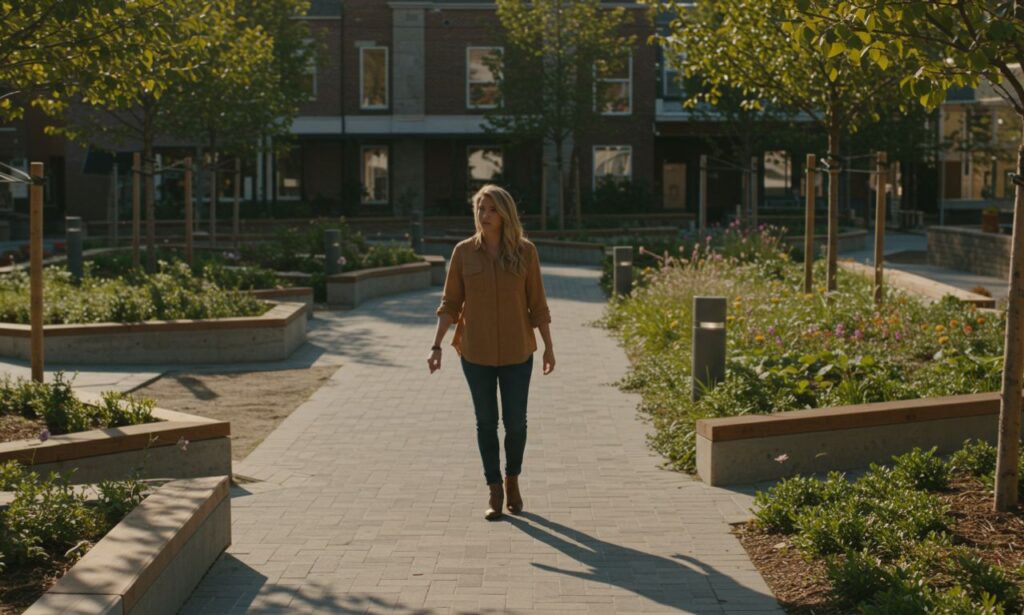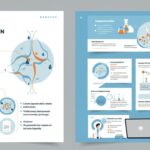Shannon Reardon Swanick is a leading voice in civic innovation, sustainability, and equitable community development. Known for her strategic vision and empathetic leadership, she bridges the gap between technology, the arts, and urban design. Her work, which combines community-focused planning and inclusive digital platforms, has earned recognition nationwide for its focus on real impact over empty promises.
Whether through her civic tech initiatives, environmental activism, or mentorship programs, Swanick exemplifies what it means to lead with integrity and innovation. This article dives deep into her professional journey, her philosophies, and the tangible impact she’s making on communities across the country.
Shannon Reardon Swanick: Early Life and Educational Foundation
Shannon Reardon Swanick was born in Burlington, Vermont, where community service and environmental stewardship were deeply rooted in her upbringing. Her parents, educators and advocates themselves, instilled values of responsibility and empathy early on. These influences laid the foundation for her lifelong commitment to social good.
Swanick pursued degrees in urban studies and computer science at the University of Vermont and later at Smith College. This unique educational combination allowed her to approach city planning through a tech-enabled lens, integrating user-centric design into traditional infrastructure frameworks.
Shannon Reardon Swanick: Civic Tech Visionary
From the start of her career, Shannon Reardon Swanick made it clear she was not interested in the status quo. Instead of entering the corporate tech world, she chose to work with nonprofit and public organizations to make a measurable difference in local communities. She joined CivicConnect, a collaborative network of tech developers and urban planners, where she led the development of PlanTogether, a platform designed to increase resident participation in local decision-making.
PlanTogether enabled citizens to share ideas, feedback, and concerns asynchronously. It boosted participation in city planning processes by over 300% and gave voice to individuals who were often excluded from traditional civic forums. Swanick’s belief that technology should serve the people—especially those most often marginalized—was the driving force behind this success.
Shannon Reardon Swanick: Leadership in Urban Sustainability
Equally passionate about the environment, Shannon Reardon Swanick worked with various municipalities to build climate-conscious urban strategies. Her initiatives included green transportation programs, walkable urban zones, and community gardens, each guided by the belief that sustainable living must be inclusive and accessible.
One standout project, Resilient Streets, emerged during the COVID-19 pandemic. Designed to help cities quickly adapt public spaces for safe, healthy use, Resilient Streets integrated data, feedback loops, and rapid-response design. It allowed for pop-up bike lanes, open-air markets, and pedestrian-only zones in neighborhoods most in need of safe outdoor access.
Shannon Reardon Swanick: Champion of Inclusive Planning
A defining characteristic of Shannon Reardon Swanick’s leadership is her dedication to inclusion. She emphasizes participatory design, ensuring that all stakeholders—especially historically underserved populations—are part of the planning process.
Her team uses workshops, digital platforms, and field surveys to include single parents, seniors, disabled individuals, and communities of color in discussions around neighborhood change. This practice has become a model for equitable development across cities and regions.
Shannon Reardon Swanick: Advocacy Through Art
In addition to her policy and technology work, Shannon Reardon Swanick is a respected visual artist. Her exhibitions combine photography, painting, and digital media to explore themes of community, identity, and justice. Her project, Voices Unheard, showcases stories of people excluded from civic processes, using visual storytelling as a bridge between policy and humanity.
Art, for Swanick, is not separate from her professional mission—it is an essential tool for empathy. By amplifying the stories of those most impacted by urban policy, she helps reshape public perception and policy priorities.
Shannon Reardon Swanick: Mentor, Speaker, and Advocate
Shannon is also a passionate mentor and public speaker. She leads workshops for aspiring urban planners, civic technologists, and women entering public service roles. Her mentorship style emphasizes listening, resilience, and systems thinking—skills she believes are crucial for future leaders.
Her speeches at conferences like SXSW Civic Futures and the National Urban Design Summit have drawn praise for their mix of technical insight and human warmth. In every setting, Swanick remains grounded in the communities she serves, sharing not just solutions, but stories and struggles.
Shannon Reardon Swanick: Key Projects and Innovations
PlanTogether
A civic engagement platform that revolutionized how residents interact with local planning bodies. It provides digital access to zoning proposals, surveys, and collaborative forums.
Neighborhood Signals
This initiative blends real-time sensor data with community storytelling to guide smart infrastructure investments. It balances innovation with privacy and accountability.
Community Data Ethics Council
Swanick helped establish this council to review how public data is collected and used. The group advocates for transparency and ethical governance in civic tech.
Green Walk Corridors
A sustainability project that connects underserved neighborhoods with safe, eco-friendly pedestrian routes linking parks, transit, and schools.
Shannon Reardon Swanick: Recognitions and Awards
Swanick’s work has not gone unnoticed. She has received several prestigious awards, including:
-
Fast Company’s Most Creative People in Business
-
The Jane Jacobs Medal for Community Activism
-
Urban Visionary Award from the National League of Cities
-
Innovation in Public Service Award from MIT Civic Design Lab
Despite these accolades, Swanick often credits her team and community collaborators, reinforcing her ethos of collective impact over individual acclaim.
Shannon Reardon Swanick: Ethical Framework and Philosophy
A major reason why Shannon Reardon Swanick resonates with so many is her deeply held ethical framework. She believes that:
-
Equity must be intentional: Equal outcomes are never accidental—they must be designed.
-
Progress is incremental: Small, consistent changes often lead to the most lasting impact.
-
Data must be ethical: Tech innovation without consent and transparency undermines trust.
-
Art can lead policy: Visual storytelling helps build bridges between communities and decision-makers.
Challenges Faced by Shannon Reardon Swanick
Like many visionary leaders, Shannon has faced resistance—often from outdated systems or power structures unwilling to change. Her success has come from navigating these challenges with humility and persistence.
In moments of public scrutiny or failed pilots, she’s doubled down on listening, learning from feedback, and iterating. For Swanick, vulnerability is not weakness but the foundation of trust and resilience.
Shannon Reardon Swanick: Looking to the Future
As the world faces complex challenges—from climate change to social fragmentation—leaders like Shannon Reardon Swanick offer a roadmap forward. Her upcoming projects include:
-
Digital Equity Hubs in rural towns
-
A civic media lab co-led by young activists
-
A book project documenting her journey and lessons learned
She remains focused on empowering others, especially those often excluded from leadership, to become agents of change in their communities.
Conclusion
Shannon Reardon Swanick represents the kind of leadership the world needs more of—rooted in purpose, guided by equity, and powered by community. Through her civic tech initiatives, sustainable planning projects, and moving artistic works, she challenges us to think deeper, collaborate better, and act more justly.







